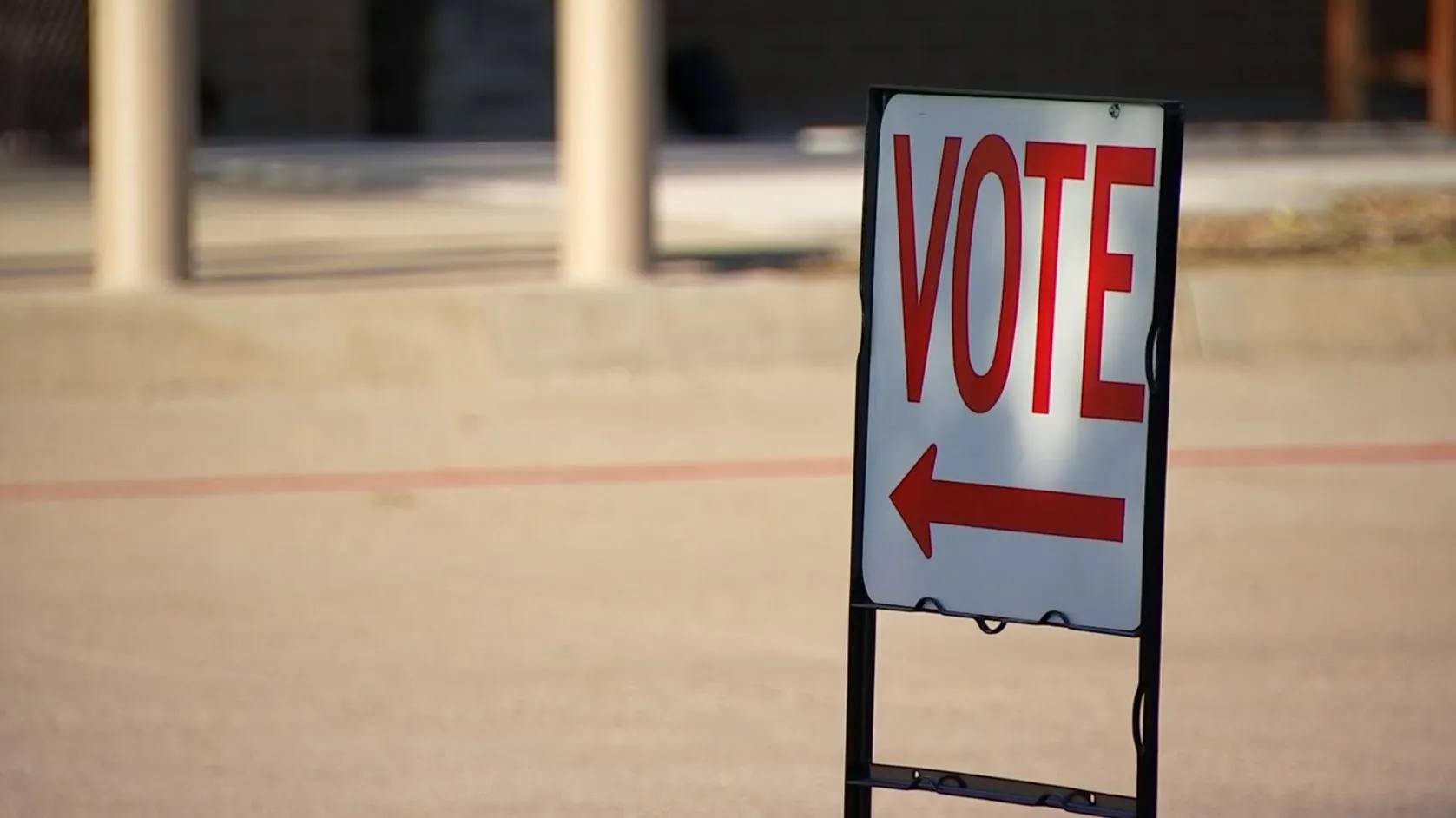Even as the city of Chicago and the state of Illinois see increases in COVID cases, it doesn’t appear that officials are planning to follow the lead of Philadelphia in bringing back mask mandates to stop the spread of the virus.
Philadelphia health officials announced Monday that the city would re-introduce its indoor mask mandate beginning on April 18 as a result of increasing COVID cases. According to officials, the city is reporting 142 new COVID cases per day, a 69% increase over the start of the month, and as a result officials have moved the city to Tier-2 on a four-tier “COVID Response Levels” plan.
Chicago and the state of Illinois are both seeing similar increases, but according to Dr. Amaal Tokars, the acting director of the state Department of Public Health, a return of the mask mandate isn’t expected any time soon.
“That is not something that we’re talking about at this time,” she said. “However, I would never say that nothing has passed, but we are going to do what we think is wisest and best based on the current circumstances that we see.”
According to IDPH, the state of Illinois is averaging 1,747 new cases of COVID per day, a 45% increase since the start of April.
In the city of Chicago, daily COVID cases have increased by 42% in the last week, with the city now averaging just over 400 new cases, or 15.3 new cases per 100,000 residents, each day.
News
Even with those increases, health officials have said that hospitalizations provide a clearer picture of the impact the pandemic is having, and Tokars says that the state is still at a low-level of transmission.
“Currently, we see that Illinois is overall at low transmission,” she said. “We really want to encourage an open-door policy for all who are not up-to-date or who have never gotten vaccinated to please come and do that to protect yourself and your family.”
Feeling out of the loop? We'll catch you up on the Chicago news you need to know. Sign up for the weekly Chicago Catch-Up newsletter.
According to Chicago’s COVID dashboard, the city’s COVID risk level is “low,” and numbers in both hospitalizations and in hospital beds occupied by COVID patients are well-below thresholds that could potentially trigger additional mitigations.



